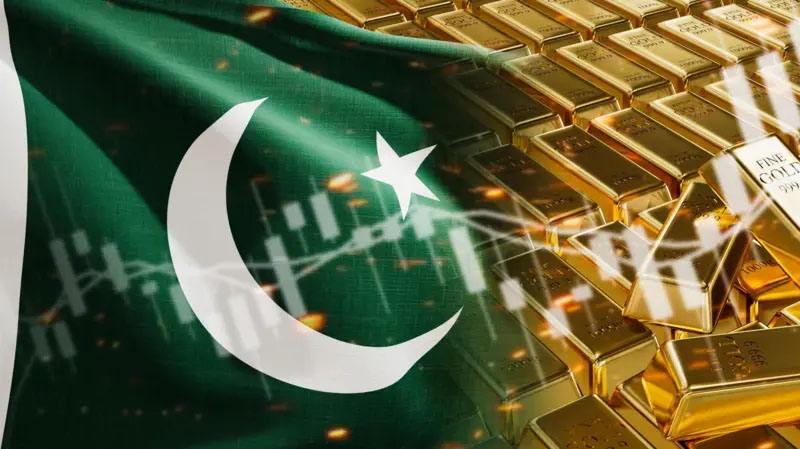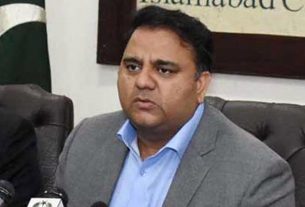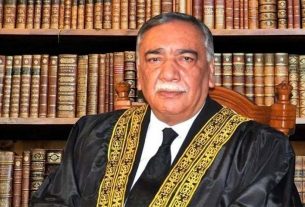Nearly six decades ago, Pakistan’s former Finance Minister and Chief Economist at the Planning Commission, Dr. Mahbub ul Haq, delivered a speech that would leave a lasting mark on the nation’s political and economic consciousness.
In his famous address, Dr. Mahbub ul Haq claimed that 22 of the richest families in Pakistan controlled 66% of the nation’s industries and 87% of the banking and insurance sectors. Though he did not publicly name these families, his statement symbolized the growing concentration of wealth in the hands of a few powerful groups.
Dr. Haq later clarified that the number “22” was symbolic, representing a larger trend of economic inequality where wealth continued to accumulate among a small elite, leaving the majority struggling. However, the term “22 families” became ingrained in Pakistan’s public discourse and is still used today as a metaphor for economic disparity and elite dominance.
Following his speech, researchers and journalists made several attempts to identify these families, linking many of them to industrial, financial, and political powerhouses that dominated Pakistan’s economy in the 1960s and beyond.
The speech not only exposed the imbalances in Pakistan’s economic structure but also sparked a nationwide debate about social justice, fair wealth distribution, and economic reforms — topics that remain relevant to this day.



